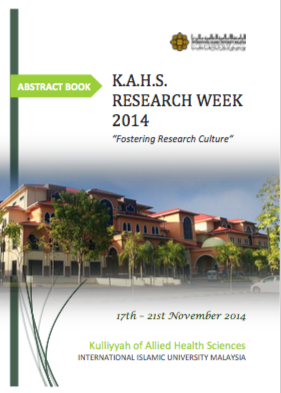An overview of the Islamic Legal Maxim Vis-A-Vis Cartilage Tissue Engineering Experimentation
DOI:
https://doi.org/10.31436/ijahs.v1i1.93Abstract
Al-qawaid al-fiqhiyyah or legal maxims of Islamic Law play an important role in constructing Islamic legal thought. They are applied in deducing numerous fiqh rules as they embody many of Islamic Law principles and values. The normative legal maxims which also known as al-qawaid al-khams al-kubra or the five major universal maxims include, (1) al-umÅ«r bi maqÄá¹£idihÄ (acts are judged by the intention behind them), (2) al-yaqÄ«n la yazÅ«l bi al-shakk (certainty is not overruled by doubt), (3) al-mashaqqah tajlib al-taysÄ«r (hardship begets facility), (4) al-á¸arar yuzÄl (harm must be eliminated) and (5) al-Ê¿Ädah muḥakkamah (customary usage is the basis of judgement). As science and technology is being developed, there is the need to address the associated ethical issues that arise from Islamic legal perspective. This is to provide Muslim scholars with the religious foundations to underline their work. This study aims to deliberate and align cartilage tissue engineering experimentation (CTEE) in relation to these legal maxims. Al-qawaid al-fiqhiyyah offers a holistic and universal platform to deliberate on such issues including those of CTEE. The ethical issues of CTEE revolve around its concept and applications. In this study, specific focus will be given to in vitro and in vivo components part of CTEE. For in vitro, the issues involve the three main elements of tissue engineering which are the cell sources, biomaterial scaffold and signaling factors. Meanwhile, in vivo concerns involve the study of small and big animal to prove the cartilage tissue engineering concept. The benefits and risks of the methods used in both in vitro and in vivo are seen within the applications of Islamic legal maxims. The analogical nature of legal maxims may complement the effort of the Islamic theologians to extract legal rulings in the field of science and technology including in CTEE.


